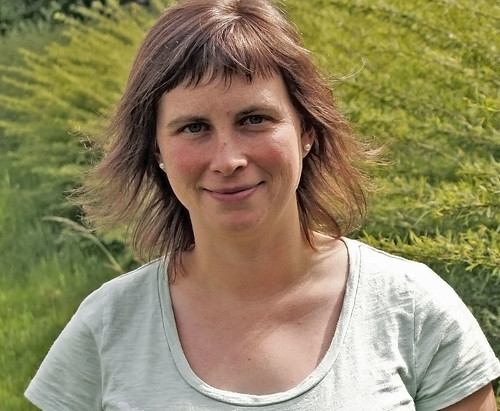Oregon Wild works on wilderness protection, listing of indicator species, and protecting old-growth stands through legislative and administrates campaigns. They interact with the Bureau of Land Management and Forest Service agencies located in Oregon to reduce the old-growth logged and increase the amount restored. In the past, they have been at odds with the agencies, but now, in some instances, they are seen partners.
“I’m originally from Michigan, where I grew up a ‘nature geek,’ wandering around the woods and countryside,” Chandra Le Gue, Old-Growth Campaign Coordinator for Oregon Wild explained. “From this experience, I gained a love for nature. I was really amazed at the natural beauty of Oregon when I moved here for my graduate studies. I fell in love with the forests and landscapes. Oregon Wild’s mission matched my ideology on the importance of these areas….and I have been with the organization now for six and a half years.”
During Le Gue’s first few years at Oregon Wild, the Forest Service was just a name on paper that the group was reviewing and commenting on. It was a couple of years before she met representatives from the Forest Service and was able to put names to faces.
“Once you put a name to a face, it’s easier to see them as a potential partner instead of an adversary. That’s the best thing for creating collaboration…getting to know the people in the groups. It’s even better if you can go on a field trip, get out of the office and experience things together,” she said.

Le Gue works mostly with the Siuslaw National Forest. She says she likes their dedication to the idea because they have mastered a way at engaging the public to find common ground.
“For example, the stewardship groups that make suggestions to the forests often don’t have the power to influence decisions, but at the Siuslaw we feel we are listened to. It’s empowering and it keeps us coming back to the table,” she said.
Her favorite project is a landscape scale Environmental Assessment that had several components including timber stand thinning, meadow enhancement and stream restoration. For this effort, the forest brought together local landowners, watershed council and non-profits like Oregon Wild to assist.
“We met with the Interdisciplinary Team to help develop the project early on in the process. It built trust among the groups, especially when we saw suggestions from the group reflected in the final project. And the planning folks were thankful to us and said, ‘You helped make this project better.’ That partnership still remains,” Le Gue said.
